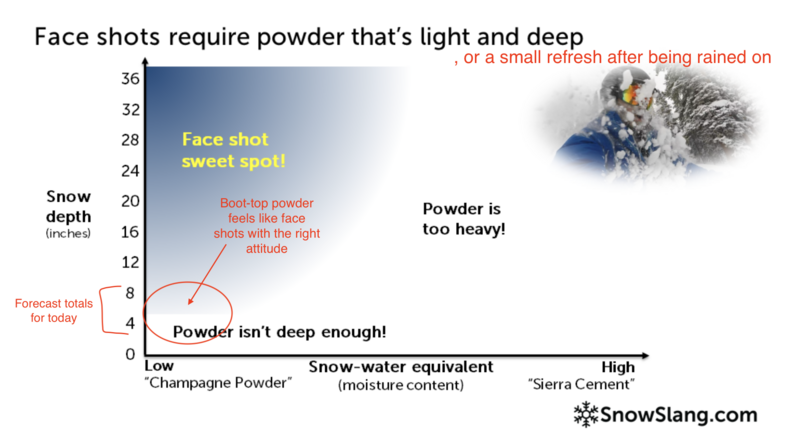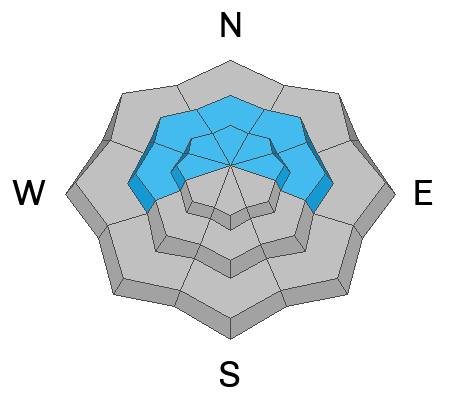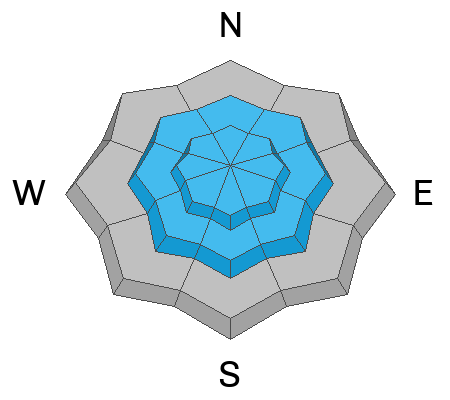This all starts with weak, old snow at the base of the snowpack. Add in multiple days of above-freezing temperatures, with spits and spats of light rain and snowfall. Then, the newly named Christmas Eve Rain Crust (CERC) is born on Wednesday, with rain to 10,000 feet penetrating an already damp snowpack. What came next?
Yesterday, a Pacific jet brought 1-3" of new snowfall to the upper reaches of the Cottonwoods, with less-favored areas like Park City seeing the lower end or less. Welcomed cool temperatures dropped as the storm moved in, with moderate to strong winds out of the west blowing throughout the day.
Last night, the wide spread in the forecast snow totals left us waking up with emptier pockets than we wanted. Less than 2" of snow fell in our most-favored areas last night, with cold temps and light to moderate winds out of the west.
Today, we see the peak of precipitation rates this morning before they taper off into the late afternoon. Light to moderate winds continue from the west throughout the day. Forecast snow totals continue to have a wide spread, with myself and our partners at the NWS leaning towards the lower end of these by 5pm:
- Upper Cottonwood Canyons: 4-8 inches of snow // 0.3-0.5 inches of H2O
- Park City Ridgeline: 1-4 inches of snow // 0.1-0.3 inches of H2O

Tonight into tomorrow, expect precip rates to taper off into the late afternoon, before another reinforcing mass of cold air from the second system arrives tonight. While temps will happily drop into the single digits, this second pulse looks to be drier. There's a potential for another 1-5" to fall in favored areas overnight...fingers crossed the upper end of this verifies. Regardless, I think we'll all appreciate the refresh! Boot-top powder is basically double-overhead when it's been raining to 10,000 feet.
No new avalanche activity reported yesterday.
Read all recent observations HERE.











